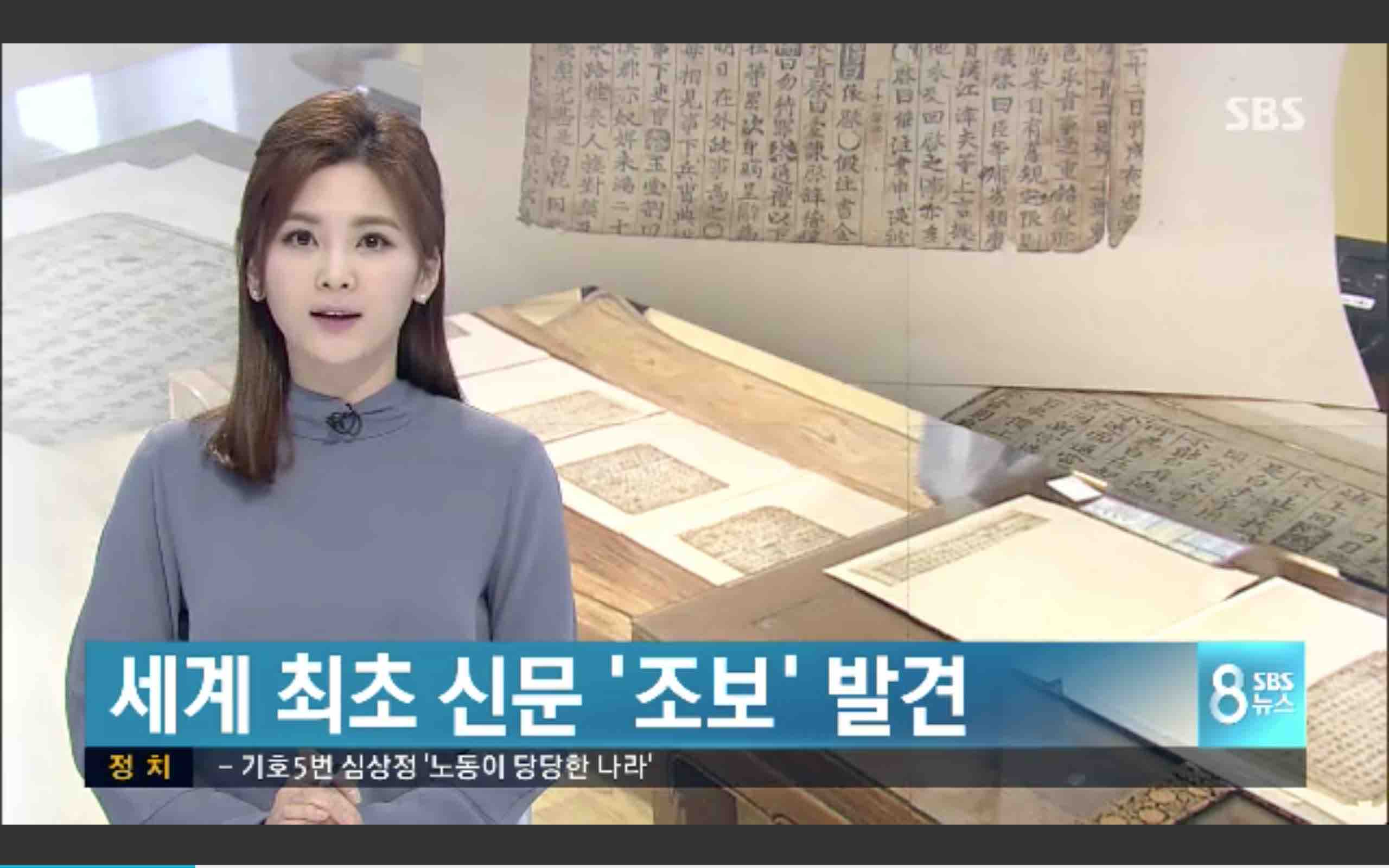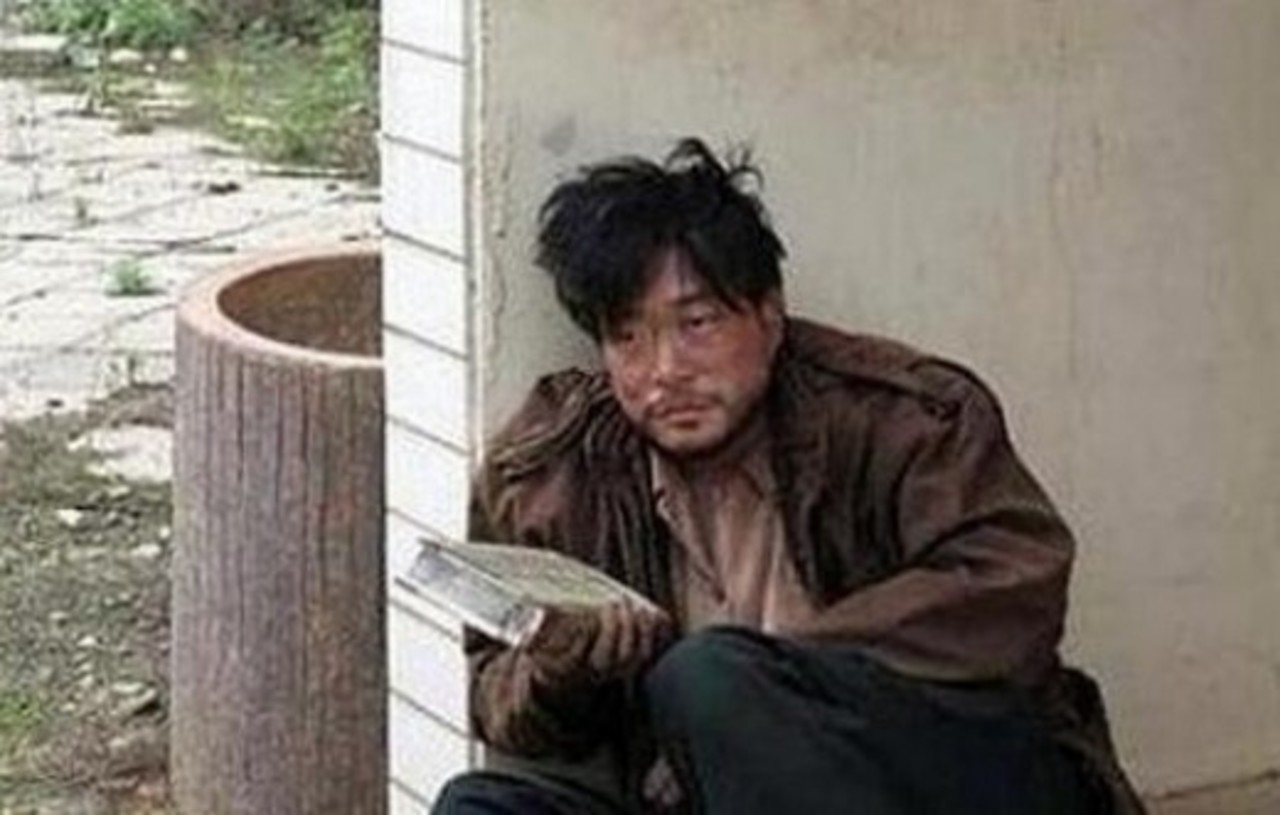
Is the World's First Newspaper...Korean?
Is the world’s oldest-known newspaper Korean? A Buddhist temple in South Korea recently claimed that it possessed the world’s “first” daily newspaper, called the Jobo.
If the claim is true, the Jobo would be almost a century older than the Einkommende Zeitungen, one of the world’s oldest daily newspapers, published daily from 1660. The Jobo would even predate the world’s oldest-known newspaper, the Relation, published in 1605.
Until recently, the Jobo was known only in name, alive only in historical records.
The Annals of the Joseon Dynasty, a 500-year dynasty which preceded the modern North and South Korea, briefly mention the existence of this newspaper on Nov. 28, 1577. Unfortunately, it was in connection to 16th-century state censorship.
“Why did no one inform me that this was being made?” King Seonjo, the Joseon ruler at the time, was enraged that information about the court could potentially be circulated among wider elite circles. After months of investigation, Seonjo banished those involved in the privately-run Jobo to the countryside — apparently around 30 people, likely the sons of powerful families who were privileged enough to be literate and connected to the ruling authorities.
The newspaper’s existence has never been proven until nearly five centuries later, when on Apr. 17, 2017, a Buddhist monk in North Gyeongsang province said he had the real thing — the Jobo, in the flesh.
Jibong, a 52-year-old monk in Yonghwa Temple, told Korea Exposé that he purchased the Jobo in 21st-century South Korean style: online. The original owner, who Jibong said wished to remain anonymous, was selling the five Jobo papers on a privately-run website specializing in selling ancient historical documents. According to Jibong, the owner was aware that this was the historical Jobo; but it’s unclear how this unnamed seller had obtained the documents in the first place.
Jobo [朝報], which can either mean “Joseon News” or “Morning News,” was originally a daily brief of state news, not a newspaper meant for a wider public. Mention of these state briefs first appeared in 1508, in the Annals of the Joseon Dynasty. According to Letters From Korean History Vol. 3, by historian Park Eun-bong, the original Jobo contained news about the transfers of officials, royal orders and odd natural phenomena, which at the time were believed to reflect poor governance. The handwritten briefs were published every morning until the late 19th century, but only distributed to a handful of government officials.
Numerous originals of the state-produced Jobo exist; but scholars are skeptical about calling it a newspaper.
It’s the privately reprinted versions of the state-run Jobo that were missing all these years, parts of which monk Jibong recently purchased. These versions, which were secret copies of the state-run Jobo, qualify as more legitimate newspapers, because they were intended for distribution to a larger public (albeit elite). The privately-published Jobo only ran daily for three months, from September to November 1577, until King Seonjo cracked down on its publishers.
According to monk Jibong, experts have conducted primary inspections of the documents and confirmed their authenticity. “I’m certain these are the real [privately-published] Jobo papers,” Kim Young-ju told online news OhMyNews. Kim, a professor at Gyeongnam University, is a long-time scholar of the Jobo.
But Jibong is still cautious. “For the Jobo to be recognized internationally [as the world’s oldest newspaper], further studies are required,” he said.
For now, Jibong has the historical papers with him at Yonghwa Temple, which doubles as the Yeongcheon History and Culture Museum, where his decades-long collection of ancient artifacts are stored. But due to spatial limitations at the temple, he’s not sure yet if he’ll put the documents on display. If opportunities allow, he is willing to lend them.
Cover image: “The world’s first newspaper Jobo is discovered,” says the captions. (Source: SBS)

